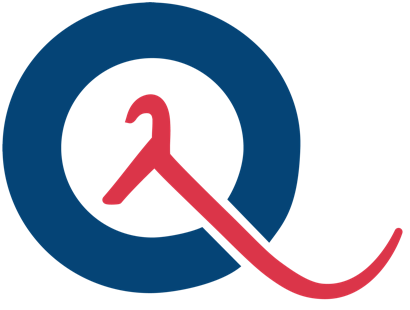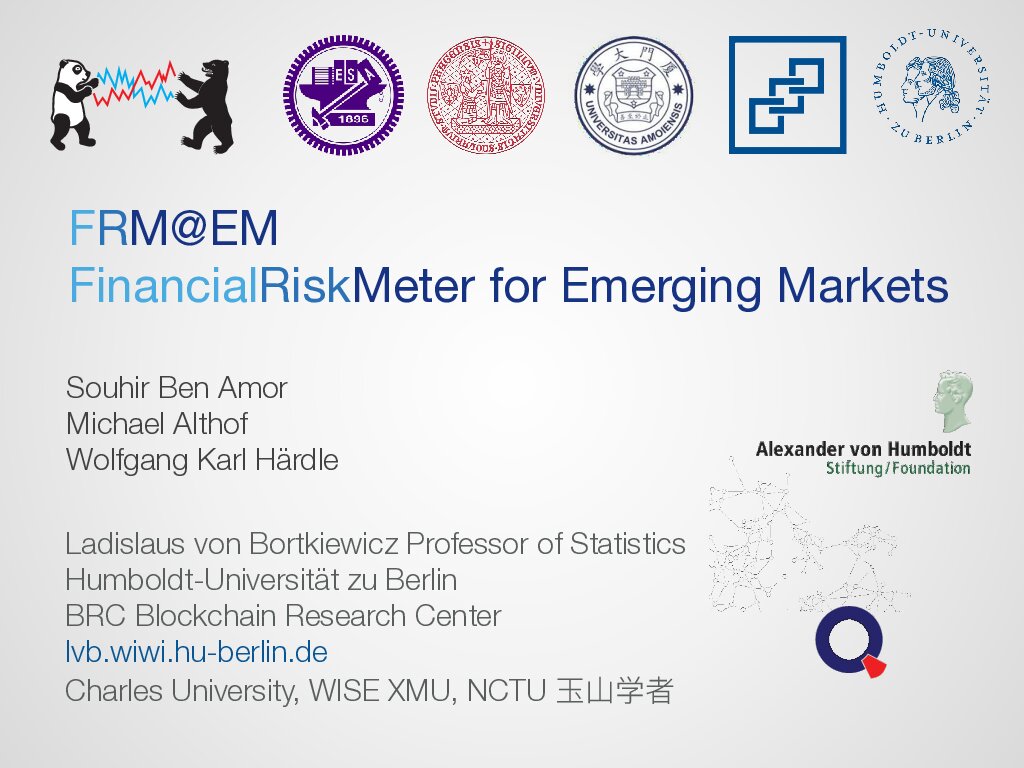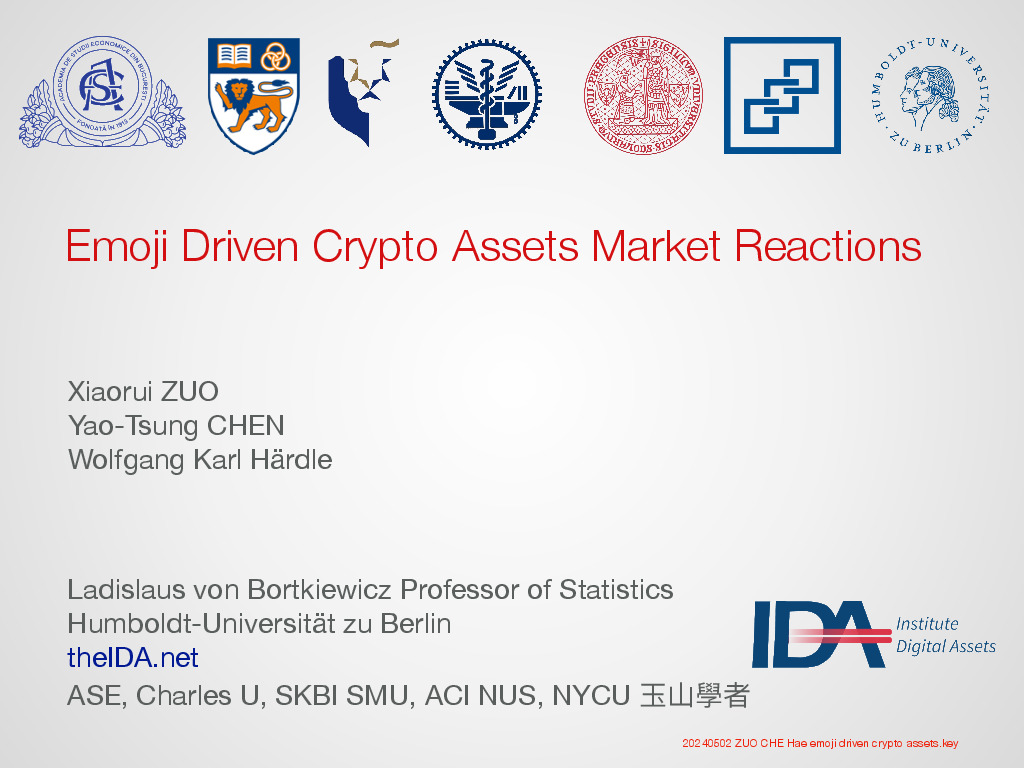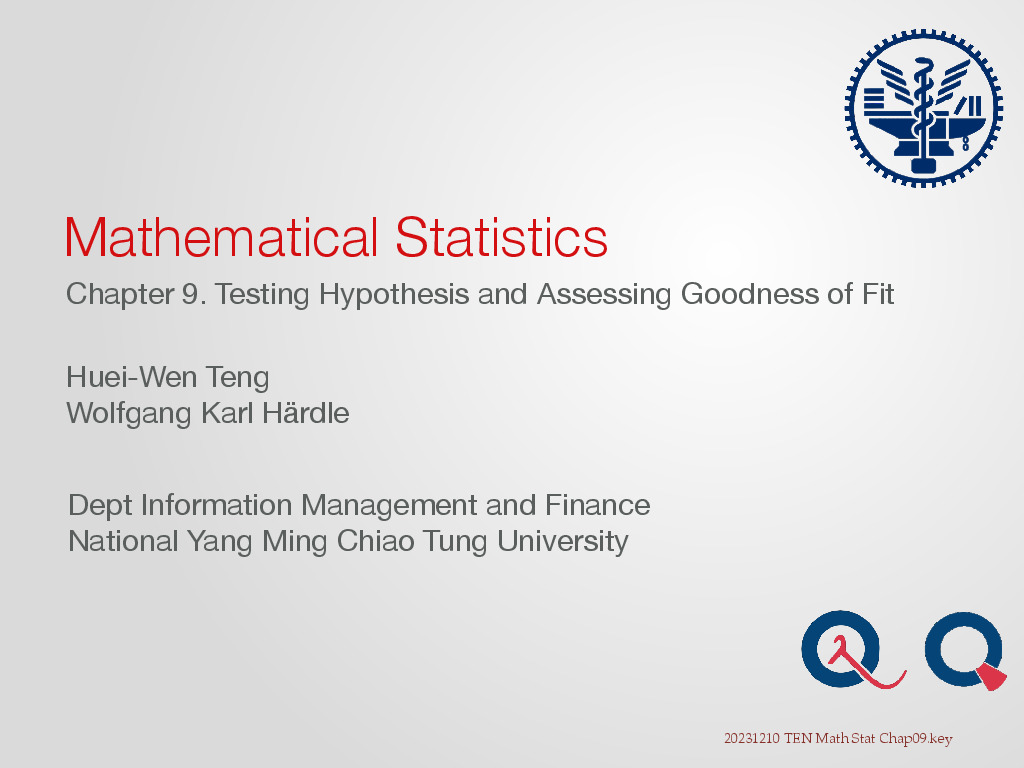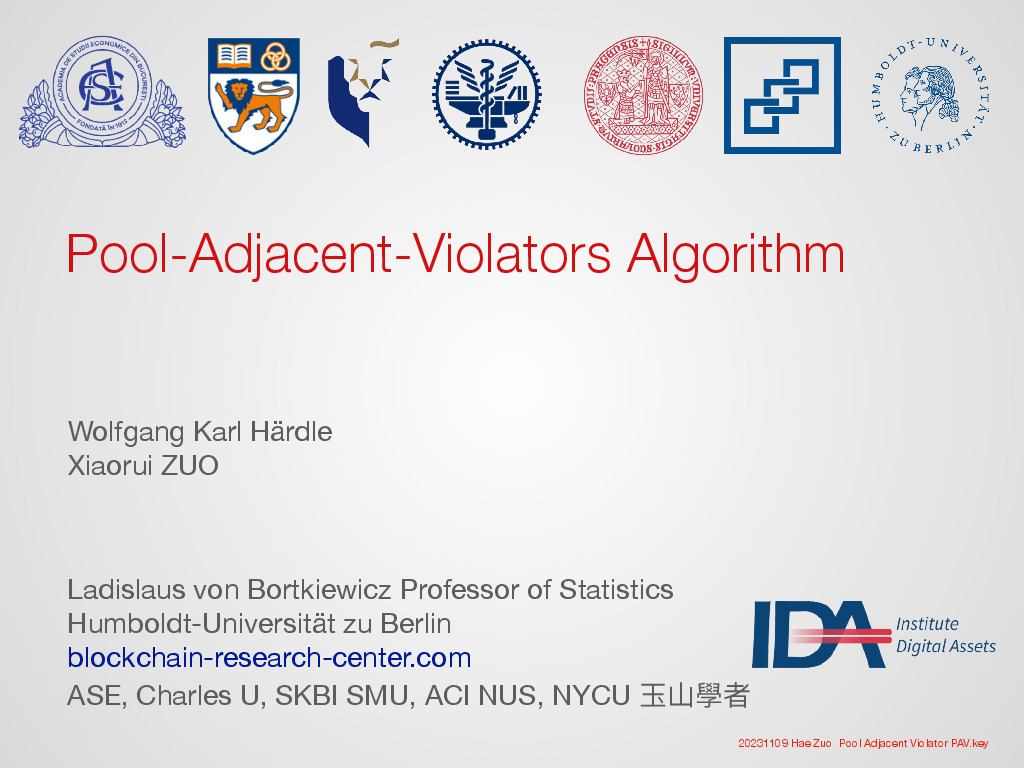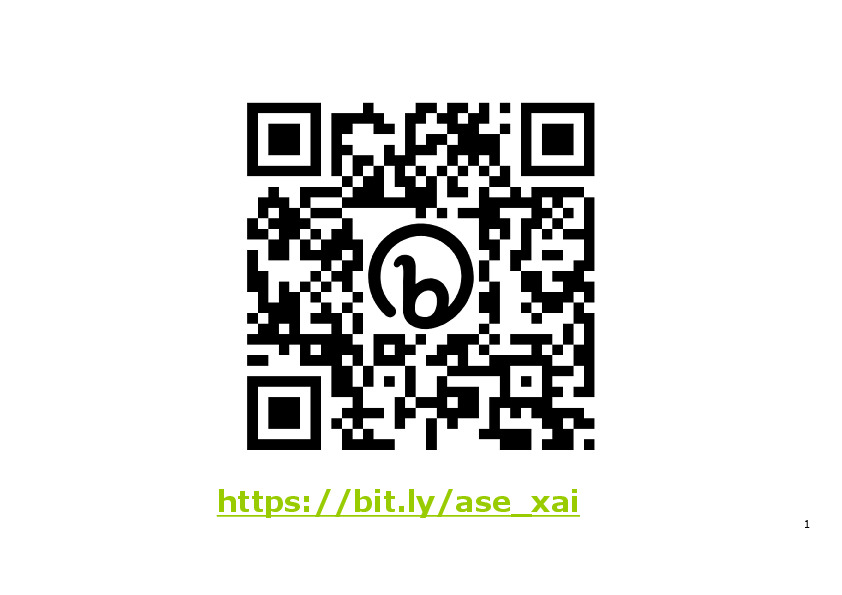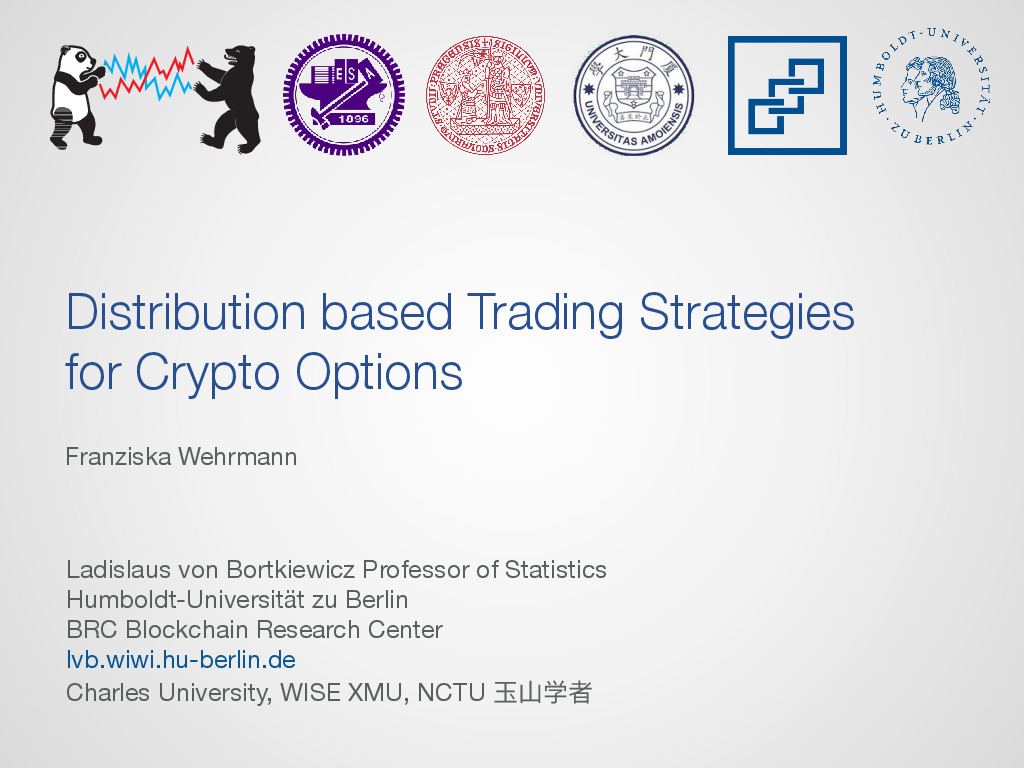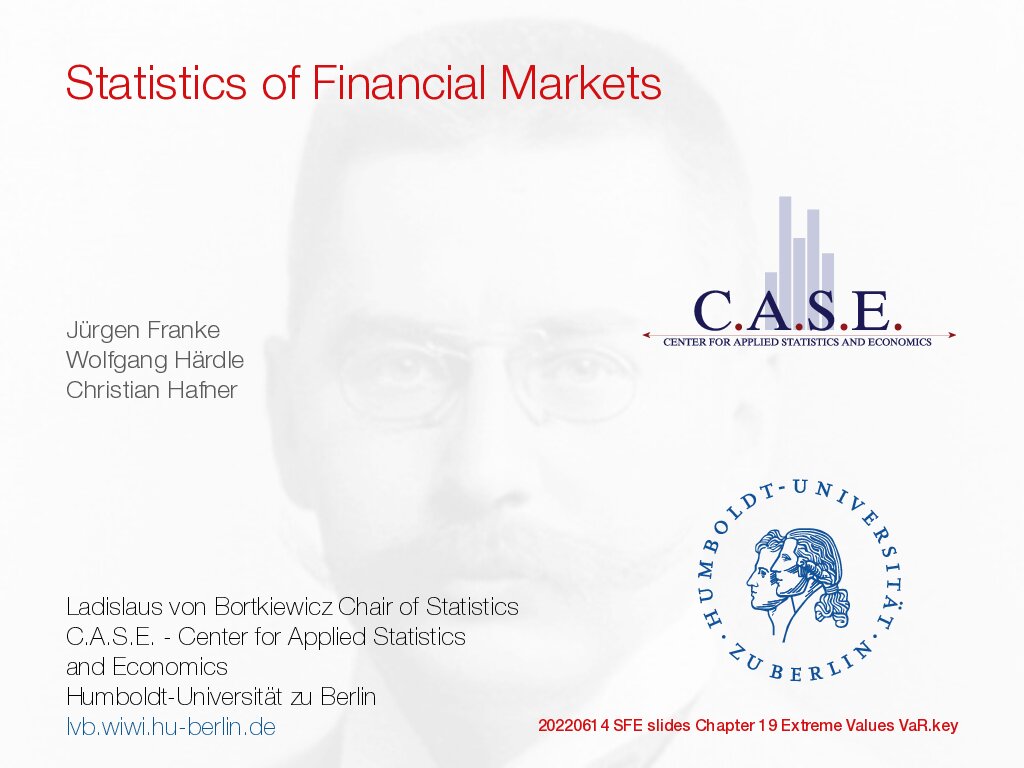Financial Risk Meter for Emerging Markets
-
- 4 Rating
- 1 Reviews
- 86 Students Enrolled
Financial Risk Meter for Emerging Markets
Financial risk measure FRM (Financial Risk Meter) is proposed for Emerging markets (FRM@EM).
-
- 4 Rating
- 1 Reviews
- 86 Students Enrolled
Requirements
- Financial Risk Meter
General Overview
Description
The fast-growing Emerging Market (EM) economies and their improved transparency
and liquidity have attracted international investors. However, the external
price shocks can result in a higher level of volatility as well as domestic policy instability.
Therefore, an efficient risk measure and hedging strategies are needed to help
investors protect their investments against this risk. In this paper, the daily systemic
risk measure FRM (Financial Risk Meter) is proposed for Emerging markets (FRM@
EM). The FRM@ EM is applied to capture systemic risk behavior embedded in the
returns of the 25 largest EMs’ Financial Institutions (FIs), covering the BRIMST
(Brazil, Russia, India, Mexico, South Africa, and Turkey), and thereby reflects the
financial linkages between these economies. The results indicated that the FRM of
EMs’ FIs reached its maximum during the US financial crisis following the COVID-
19 crisis and the Macro factors explain the BRIMST’ FIs with various degrees of
sensibility. We then study the relationship between those factors and the tail event
network behavior to build our policy recommendations to help the investors choose
the tail-event optimized portfolios and the suitable market for investment. For that
purpose, an overlapping region between portfolio optimization strategies and FRM
network centrality is developed. We propose a robust and well-diversified tail-event
and cluster risk-sensitive portfolio allocation model named uplifted Hierarchical Risk
Parity (upHRP) and compare it to more classical approaches. Results indicate that
the upHRP approach provides better diversification. Moreover, the upHRP portfolio
overweight low-central FIs and underweight high-central ones.
Courses that include this CL
Recommended for you
Meet the instructors !

